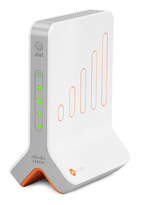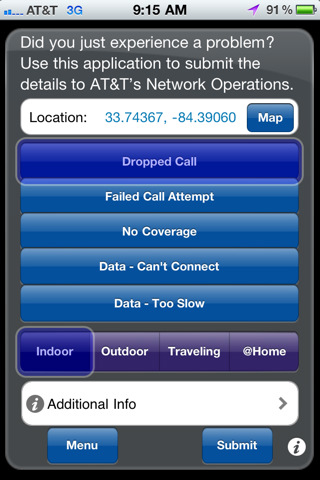 It’s no surprise that T-Mobile will soon cease to exist in the U.S. What is a surprise is that AT&T is claiming the prize, rather than the widely-rumored suitor, Sprint/Nextel.
It’s no surprise that T-Mobile will soon cease to exist in the U.S. What is a surprise is that AT&T is claiming the prize, rather than the widely-rumored suitor, Sprint/Nextel.
What is more of a surprise is that T-Mobile lasted so long before giving up the ship. T-Mobile has always played a game of the catch-up wanna-be to the legacy national carriers in the U.S.
What does make sense is that AT&T, rather than Sprint/Nextel looks like the winner: Sprint/Nextel certainly needs access to more sites and licenses, but AT&T can make better use of T-Mobile’s assets, specifically the AWS-Band frequency assignments around 2100 MHz.
AT&T went the other direction when it focused, rightly, on gaining new 700 MHz frequencies for its LTE data (and later, voice) deployments. By taking T-Mobile, AT&T gains more spectrum in the 1900 and 2100 MHz bands to add to its existing 700 and 860 MHz assignments. Sweet. AT&T’s recent purchase of the national 700 MHz band license from the ill-conceived and now all-but-defunct MediaFLO/FLO-TV operation of Qualcomm makes even more sense given the pending marriage with T-Mobile. Sweeter.
Sprint could not have benefited to the same degree as AT&T given that it does not have 860 MHz band assignments (yes, I’m discounting the Nextel assignments for this discussion since those have turned out to be such a poor deal for Sprint).
IF THIS DEAL GOES THROUGH, and there’s certainly a big IF in there, I suspect that the even-newer AT&T will be forced by the DOJ/FTC/FCC to sell off chunks of the existing networks of both firms. This has been the trend in prior mergers/buy-outs, and it’s unlikely that this deal will not see sales of major network assets in the name of competition.
What’s next?
For site landlords, in about a year it will be time to take out their AT&T and T-Mobile lease contracts and look at those transfer terms. It’ll be a really interesting time for site lessors with both AT&T and T-Mobile currently collocating at the same site.
For other wireless carriers, this deal will force some shotgun marriages.
I predict that Sprint/Nextel will now look to MetroPCS. Verizon will look at MetroPCS, too. This may also be the start of the end-game for Cricket Wireless.
Finally, many of the roaming contracts between the biggies and the smaller regional PCS and cellular carriers contain buy-out options (the biggie can for the sale of the small fish). We’ll see Verizon continue its aggressive campaign of Roam-to-Buy as a first step of blunting the AT&T/T-Mobile deal.
For now I think we should start calling the new network: “AT&T&T”!





![]() ave to divest portions of its existing wireless network to secure federal permissions to acquire T-Mobile. Stephenson’s comments were made in New York at a Council on Foreign Relations event held on March 30, 2011
ave to divest portions of its existing wireless network to secure federal permissions to acquire T-Mobile. Stephenson’s comments were made in New York at a Council on Foreign Relations event held on March 30, 2011


